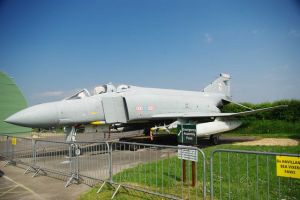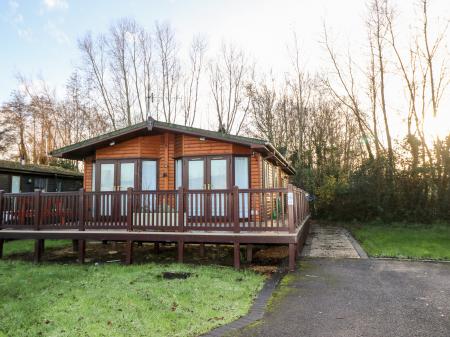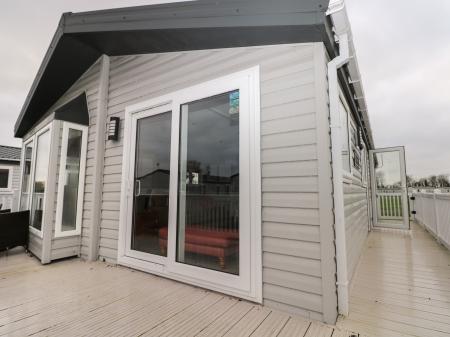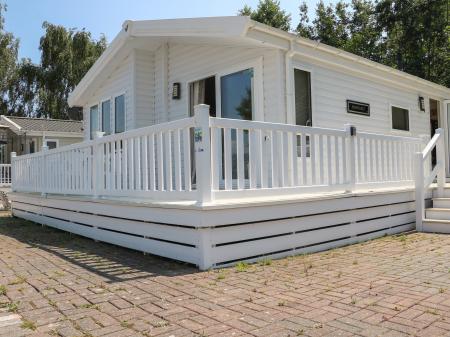
The village takes its name from an ancient pool, or mere. The mere was filled in and now forms the village green.
The village dates to at least AD 680, when King Caedwalla granted 10 acres of land at Tangmere to the church. The village was recorded in the Domesday Book by which time the church of St Andrew had been built. In AD 1100 that timber building was replaced with a more substantial church of stone and timber.
The Norman church incorporates pieces of Roman bricks and fragments of pre-Norman carved stone. The font is Saxon, and the timber roof is at least 13th century. There is a 13th-century piscina, and a 15th century stone reredos behind the high altar.
Outside the church is an ancient yew tree, suggesting that the site was sacred for a very long time before the church was built. Another ancient artefact is a Saxon carving near the window on the south wall.
In 1341 Edward II granted Tangmere the right to hold an annual fair on St Andrew's Day. The fair is still held today.
The manor of Tangmere was held by the powerful Archbishop of Canterbury until 1542 when Henry VIII seized it for the crown. It was later granted to Sir Richard Sackville and eventually passed to the Duke of Richmond.
RAF Tangmere was established in 1917 as a training centre for the Royal Flying Corps. It was used by the American Air Force, and after WWI by the Fleet Air Arm. In 1939 the RAF expanded the airfield as part of their efforts to counter Luftwaffe attacks on the south coast. To enable the expansion of the airfield many houses in the village were destroyed.
Most of the others were commandeered by the air force, with only a handful of families allowed to stay on. Throughout the war, RAF Tangmere served as an essential first line of defence for the south coast. The Special Operations Executive also operated secret flights from Tangmere, carrying agents into occupied Europe. The airfield was closed in 1970.
A tangible reminder of those terrible times can be found in the graveyard of St Andrew's church, where the Commonwealth War Graves Commission tends the graves of hundreds of airmen from both sides of the conflict.
In 1982 the Tangmere Military Aviation Museum opened on the site of the former airfield. Displays cover WWI, the Cold War, and WWII, with exhibits of aircraft, aviation engines, and helicopters. In addition to historic aircraft, there are flight simulators and a wealth of historical material exploring the history of the RAF base and those who flew from Tangmere.
One of those men was Sir Douglas Bader, the legless fighter pilot who flew from Tangmere. Bader's exploits are remembered in the name of the local pub; The Bader Arms.





